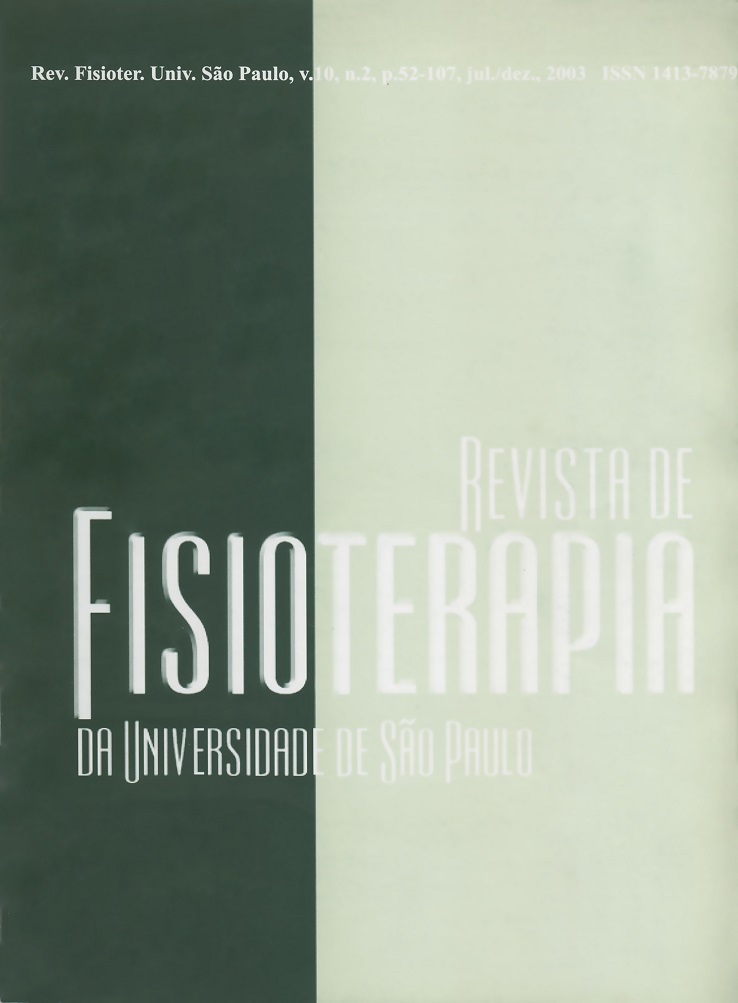Heart rate variability at rest and heart rate and torque responses during maximum isometric exercises on knee flexion for two volunteers: one with sedentary life style and another with active life style: case reports
DOI:
https://doi.org/10.1590/fpusp.v10i2.78138Keywords:
heart rate, exercise, knee, torque, case-control studies.Abstract
The purpose of the present study was to investigate the heart rate variability (HRV) at rest and the magnitude of the heart rate response and the maximum average torque (MAT) during isometric exercise with maximum voluntary contraction (MVC) during knee flexion at 30°, 45° e 60° angles. One sedentary volunteer (26 years of age) and another active (22 years of age), were submitted to a isometric exercise test involving knee flexion with MVC, for 10 seconds period at sitting position on an electronic dynamometer, which provided data from MAT. The HRV was calculated from RMSM and RMSSD indexes of R-R intervals obtained for 6 minutes at rest in seat position. The variation of HR (AHR) was calculated by the difference between HR observed at 10s of maximum voluntary contraction and the average obtained during a period of 60s immediately before the beginning of exercise. The sedentary and active volunteers showed the following results: during rest: heart rate = 66 and 73 beats/ min; RMSM = 61 and 39 ms; RMSSD = 47 and 35 ms, respectively. During exercise: variation of heart rate (beats/min) at 30° (34 and 17), at 45° (33 and 21) and at 60° (31 and 16), respectively. These results suggest that, a) physical activity might change the autonomic modulation over the heart as well as the torque magnitude; b) The articular angle does not interferes at the vagal withdrawal in the beginning of the isometric exercise with maximum voluntary contraction, however it seems to influence the torque magnitude.Downloads
Download data is not yet available.
Downloads
Published
2003-12-31
Issue
Section
Case Reports
How to Cite
Heart rate variability at rest and heart rate and torque responses during maximum isometric exercises on knee flexion for two volunteers: one with sedentary life style and another with active life style: case reports. (2003). Fisioterapia E Pesquisa, 10(2), 84-91. https://doi.org/10.1590/fpusp.v10i2.78138



